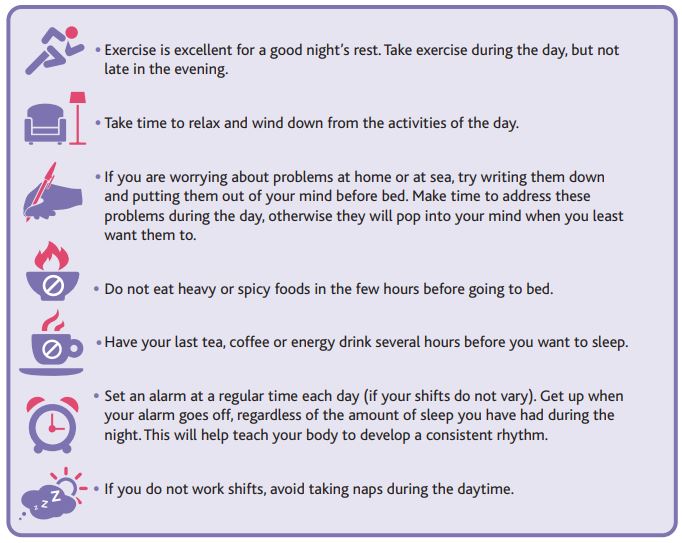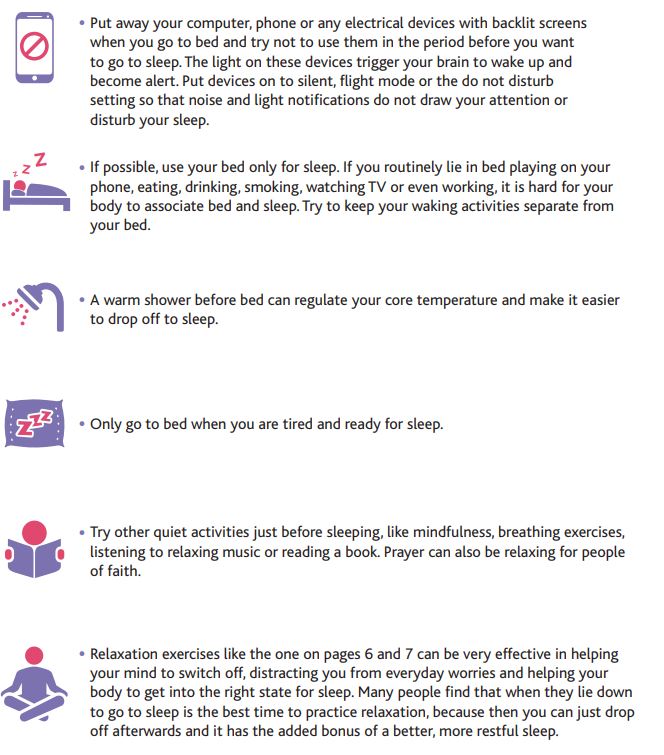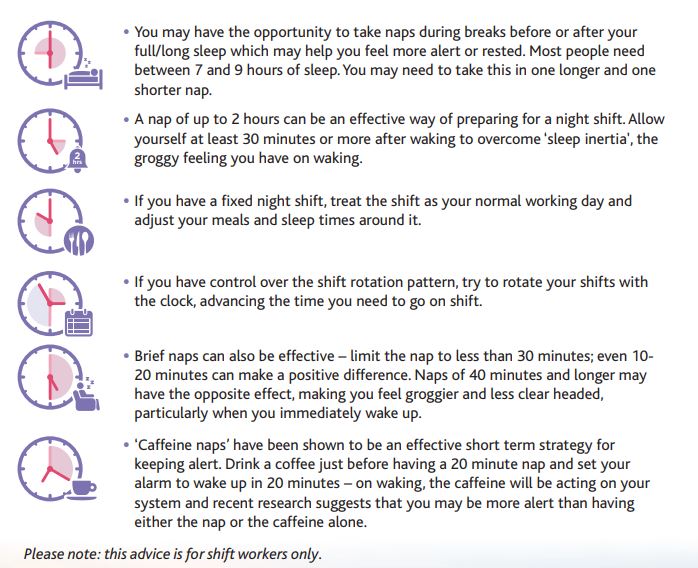Although you might not be in control of your shift patterns, there are some simple and straightforward techniques to help you get the best from your sleep. The most important thing is to allow your body to learn a rhythm of sleep and wakefulness. Developing good habits around sleep can help you tolerate the times when your sleep is disturbed by shifts or unavoidable disruptions
PREPARE YOUR CABIN FOR SLEEP
Our bodies are naturally aligned to wakefulness during the daylight hours and sleep during the hours of darkness. Using light and dark can help you to get a better sleep even if your shift patterns mean that you have to be alert during the normal night hours.When you want to be awake and alert use bright lighting – daylight bulbs if they are available or open the curtains and let the sunlight in, during hours of daylight. Use blackout blinds or curtains in the period before and during sleep and dim the lighting in your cabin. If your cabin still isn’t dark enough, try to prepare ahead and bring an eye mask with you on your next voyage.
Do what you can to make sure your cabin is a relatively cool and comfortable temperature, is quiet and your bed is comfortable. There may need to be a ship policy of keeping quiet around the cabins for people who are trying to sleep during the day. If noise is a problem, you can try using ear plugs or putting on soothing music, white noise or sounds of nature.

In the period just before sleep, establish a pre-bedtime routine. This teaches your body when it is time to wake and time to sleep.

FATIGUE RELATED TO SHIFT WORK: TIPS FOR USING NAPS

Source: seafarerswelfare
